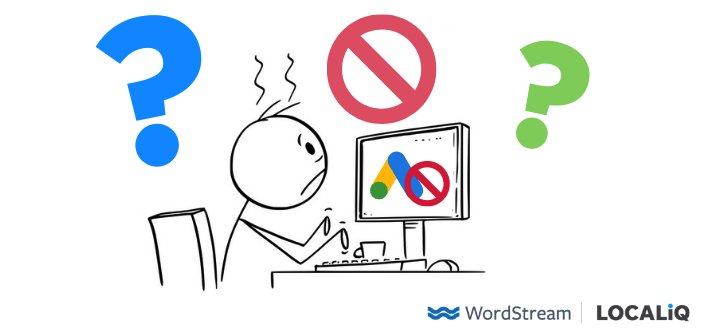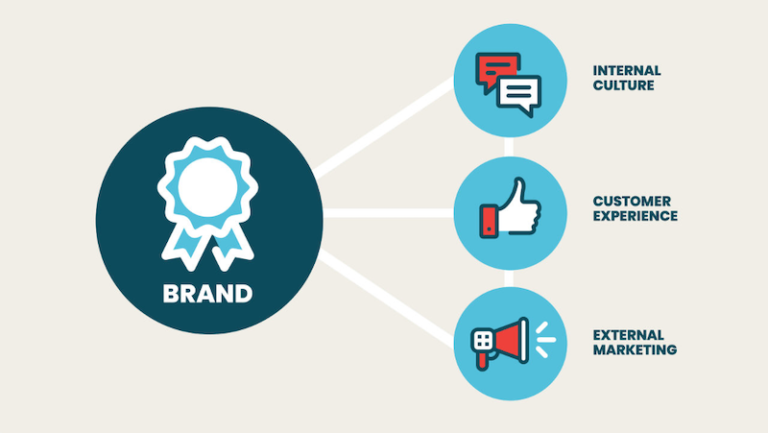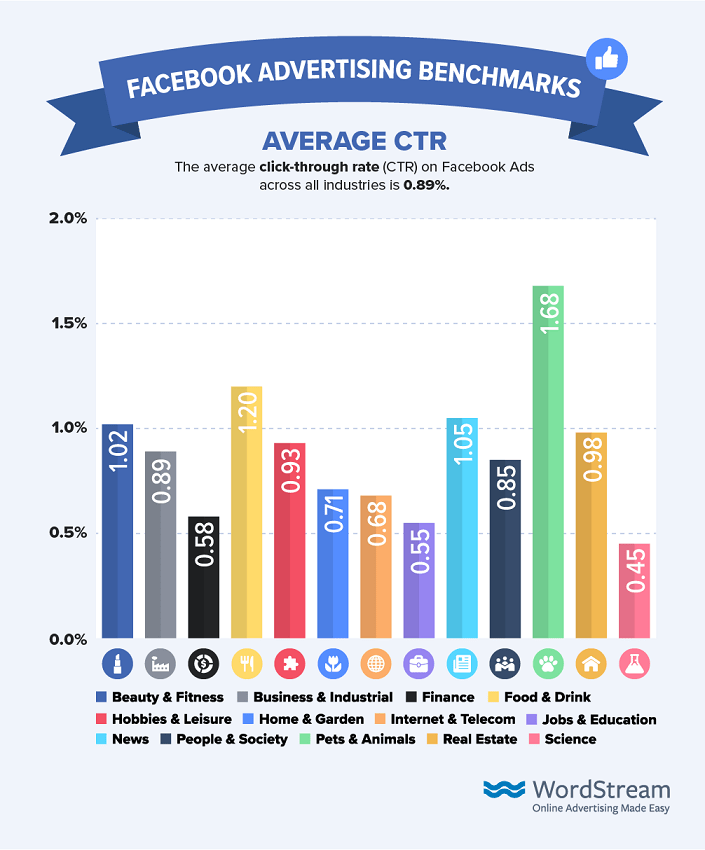Besides all of that, despite the mathematical models being complex, most customer behavior models are simple because many factors are being ignored to make the result more practical for the marketer — which, in turn, makes the model not usable because it isn’t accurate enough. It’s somewhat of a paradox, but it’s true.
These can be broken down into:
Customer Behavior Modeling
Like with anything else, there are certain problems with customer behavior modeling that exist to this day. For starters, it is a very difficult and expensive process. This is because experts are generally very expensive. They have to perform various complex mathematical calculations that aren’t even always perfectly accurate. And even once the model is created, it’s often not usable.
Customer behavior modeling is all about identifying behaviors in different groups of customers to predict how similar customers will behave under certain circumstances. More often than not, customer behavior modeling is largely based on data mining of customer data with each model you form designed to answer one certain question.
A standard marketing mix model breaks down various business metrics which allows marketers and business owners to differentiate between the marketing and promotional activities you make for your strategy.
Figuring out what model works best for your business is quite easy once you understand how they’re built and what benefits you can draw from them. As Zig Ziglar once said: “People don’t buy for logical reasons. They buy for emotional reasons.” Take all the variables into account using one of the models above and you’ll gain a significant advantage over your competitors.
Marketing Mix Modeling
Attribution modeling can be considered a subset of marketing mix modeling and integrated into the latter. Attribution modeling takes a unique approach to analyzing customer behavior. It is meant to identify the paths the different segments of your audience take to become a customer and how they behave after they have made a purchase. It examines data at every step of the process to identify the value of each marketing initiative component. Attribution modeling usually focuses more on activities such as digital sales, advertising, and other conversion efforts. The process requires close and regular analysis of the collected data, often in real-time.
You could start by looking at how other companies are analyzing their customer behavior. For example, Chobani, a yoghurt brand, uses product experiences to improve their overall customer experience. The brand became so popular in Australia because they quickly reacted to what their customers wanted instead of ignoring their needs.
- Incremental Drivers: These include all the business outcomes that result from the marketing activities in print and television advertisements, digital ads, price discounts and promotions, social outreach, and so on.
- Base Drivers: Unless there are any economic or environmental changes, the base drivers are usually fixed. The base outcome is always achieved with no advertisements but due to brand equity grown over the years.
- Other Drivers: Somewhat similar to base drivers, other drivers are measured as the brand value that is accumulated over a particular period. Other drivers result from the long-term impact of marketing activities.
Marketing mix modeling (or MMM) is actually closely related to customer behavior modeling. It’s often regarded as an integral part of customer behavior modeling. The main aim of marketing mix modeling is to figure out how different marketing activities are determining the business metrics of a certain product. Usually, MMM is very effective for predicting the Return on Investment (or ROI) of your marketing tactics.
Attribution Modeling
You can also use data-driven predicting like Target did to understand how the status of their customers has changed and what their new needs might be. It’s all about adapting to the situation in different ways and using what you already have.
There are three main benefits of marketing mix modeling. First, you will be able to allocate marketing budgets better and determine which marketing channel is suitable for which amount of investments. Second, you will execute ad campaigns better by suggesting optimal spend levels. Third, you will be able to test various business scenarios by simulating the possible development of events. For example, one customer behavior model could predict what a certain group of similar customers will do in a response to a particular marketing action done by the company (e.g. young women reacting to an ad that promotes diversity and acceptance of different female body types). If the model was created correctly, the marketer can expect most people in that group to react as the model predicted they would.
- Last Interaction: This attribution model has been around since the dawn of e-commerce. It is effective, but there are still some issues with this method. You give all the credit of the conversion to the last leas the customer interacted with. For example, the person could have seen several ads on Google, Facebook, and Twitter, but only the Twitter ad they clicked on will get the credit.
- First Interaction: This attribution model differs completely from the Last Interaction model. Here, the credit is given to the first ad that your lead interacted with, or rather the way your customer was introduced to your business. For example, if the person interacted with the Google ad and then interacted with other business content or ads, the Google ad will get the credit.
- Last Non-Direct Click: This approach also means that you give credit to a single interaction for the lead you get, but the logic is different from the previous two methods. The only interaction that can be credited is the last non-direct click (i.e. the user typing in the URL of your website is not eligible, but the user clicking on a Google ad is).
- Linear Attribution: The Linear Attribution model is a more “fair” approach because it gives credit to all the interactions the customer had before they completed their purchase. For example, if they interacted with brand content on social media as well as clicking on ads on Google and Twitter, the credit will be given to all of these.
- Time Decay Attribution: This model is based on the Linear Attribution method and distributes credit between customer interactions. However, it also takes into account the fact that different ads can have a different amount of importance overall, which distributes the credit according to the importance of the interactions.
- U-Shaped Attribution: Also known as the Position-Based Attribution model, U-Shaped Attribution also divides credit, but it gives fixed amounts to each of the particular interactions: the first one gets 40%, the last one gets 40%, and all the others get equal parts of the remaining 20%.
- Other Attribution Models: Some marketers like mixing and matching the different attribution models and create their own approaches.
Best Practices
Digital attribution, media mix modeling, attribution modeling — these are connected to a much bigger and very important notion in marketing collectively known as customer behavior modeling.
Though it might seem easy, there are actually some complex aspects to each of these that every marketer, entrepreneur, and business owner should understand to implement them in their own strategy.
Keep in mind that none of them are perfect and they all have downsides. But that doesn’t mean that you won’t be able to use these downsides to your advantage if you find the right way to use them.
Because of the large amounts of data and the various marketing channels available, several different types of attribution models have developed over time and are currently in use:
Final Thoughts
Simply put, there is no right or wrong way to use the methods listed above, so you will have to try them out and see which ones work better for your business before settling on a certain approach to your marketing strategy.







![How to Advertise on TikTok [2021 Update]](https://research-institute.org/wp-content/uploads/2021/04/what-to-know-before-you-sell-your-small-business-768x432.png)
